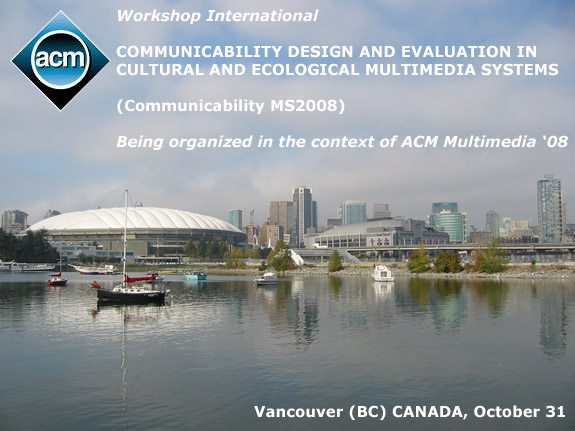USC School of Cinematic Arts
Interactive Media Division
University Park, LUC 310B
Los Angeles, CA 90089-2211
akratky@cinema.usc.edu
The Imaginary 20th Century is a media art piece that explores how the twentieth century was imagined at the end of the 19th. It is a collaboration of the writer Norman M. Klein, the historian and curator Margo Bistis, and the media artist Andreas Kratky.
Premiered as a museum installation, The Imaginary 20th Century is an interactive experience that can be navigated by the viewer. It is a hybrid of a novel and a research database containing a vast archive of items of the popular culture from the time between 1895 and 1926. Our approach connects fiction with the factual “evidence” from the period in an attempt to reconstruct how people imagined the future drawing from the information circulating in contemporary magazines, newspapers, books, films etc.
Listening to the novel told by its author Norman M. Klein, the viewer sorts through the database of items that potentially fueled and inspired the imagination of the people at the turn of the century. The objects are presented in loose association with the story according to a poetic keyword system that connects each item on one hand to its historical context and on the other hand to the story.
The turn of the century was a period of fundamental transformations in all areas of life. Growing cities, dense traffic, new technologies for communication, production, consumption, and warfare, new scientific inventions, a wealth of new utopian ideas – as a sum effect the futuristic vision of the coming century was dazzling and an incredible challenge at the same time. There was not only one expectation of the future, there were endless versions of it ranging from the vision of the coming end of times to a bright future illuminated by electric sparks and endless, bright possibilities. Not only the individuals had different expectations, in a broader perspective we are also looking at strong differences between the expectations in Europe compared to those in America.
The project raises multiple questions about how we can communicate the particular mood of the time that framed those visions of the future. How can we address aspects of historic imagination with a focus on the transient every-day phenomena rather than on the elaborate formulations that are transmitted to us in utopian texts? How can we voice our conjectures, which inevitably contain elements of both fiction and factual information in a responsible and informative way?
The presentation will show excerpts from the interactive piece and discuss the strategies and methods we used to address the reconstruction of imagination, the historiographic concepts applied to the choice and use of historic materials as well as the artistic and the design decisions for the implementation of the experience.
